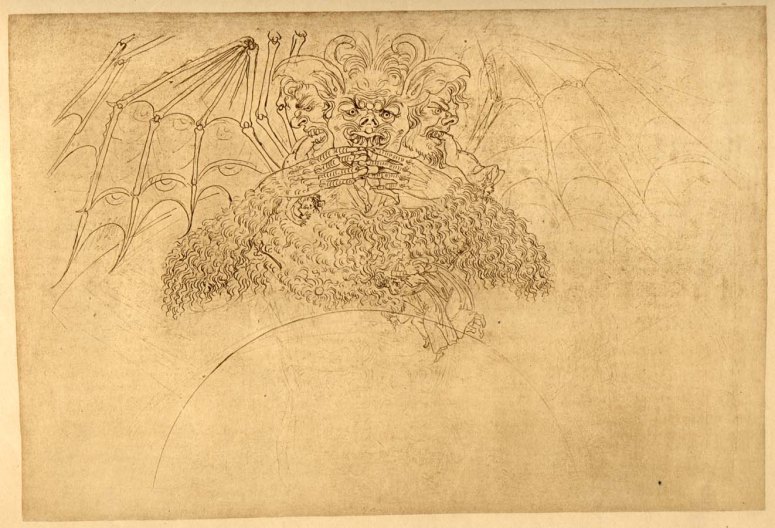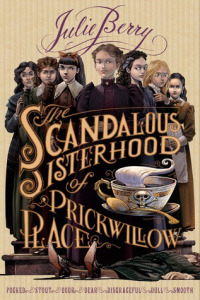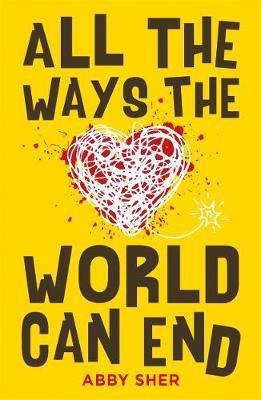One of the graduate school classes we took was centered on the works of Joseph Campbell, a man whose work was central to the development of comparative mythology. One of the books I discovered was his biography, called A Fire in the Mind, which is a hefty tome to say the least. However, it contained one brief paragraph that lead to pure alchemical gold; it turns out that Campbell co-authored a book with one Richard Roberts dedicated to their theories about the Tarot.
This obscure gem is called Tarot Revelations, and truth be told, Campbell’s contribution only runs 22 pages. This rest of this slim book consists of sections written by Roberts and Colin Wilson (whose seminal work, The Outsider, is considered a classic study of the interplay of alienation and art).
I’ll let Roberts present his argument, centered on the Waite-Coleman Smith Tarot, first:
“.;.Waite’s Tarot is specifically alchemical in theme…[in] the Major Arcana we have a genuine Gnostic document…the Major Arcana may be interpreted as a Western Book of the Dead.” – Richard Roberts
Roberts’ take on the Tarot is, in his own words, Gnostic and alchemical. He is also very steeped in Jungian Depth Psychology, which he brings to his analysis of the cards. (Two points worth noting: despite Jung’s obsessive fascination with all things alchemical, he never published anything on the subject of the Tarot; also, another work worth examining on this subject is Robert M. Places’ wonderfully researched Alchemy and the Tarot.)
Colin Wilson’s piece, the Introduction, is oddly sandwiched between Campbell and Roberts, and delves into another concept proposed by C.G. Jung: synchronicity. Synchronicity holds that causality isn’t the only process at work in the universe; acausal events (that some might call random coincidences) actually have meaning. Jung says this the mechanism at play with the Chinese divinatory tool, the I ching. Wilson and Roberts extend that line of reasoning to the Tarot, and beyond.
Finally, let’s get to Campbell’s piece. His focus is on the imagery of Marseilles deck(s), which dates back to the late 1300s, seventy odd years after the death of Dante, author of the Divine Comedy. Campbell recalls how Heinrich Zimmer (a very noted scholar on Hinduism and Buddhism) had given a lecture on the Tarot, one that Campbell subsequently forgot about.
Two decades later, the topic came up in a seminar, and it jogged his memory. What he found when he went back to the cards was his own cypher, one intimately linked with Dante.
Campbell’s spread of the major Arcana convinced him that the 22 cards represent a visual summary of Dante’s four great works: La Vita Nuova, Inferno, Purgatorio and Paradisio (the last three collectively known as the Divine Comedy). To quote:
…our earliest evidence for the existence in Europe of Tarot packs date from Dante’s time. A single philosophical strain…could be seen as supporting…the mighty edifice of…Divine Comedy…[and] the enigmatic imagery of a contemporary pack of cards.” – Joseph Campbell
Now, not everyone is a fan of these lines of reasoning; there probably as many theories on the origin and significance of Tarot as there are different decks (which runs in the thousands). Still, Campbell, Wilson and Roberts bring up some interesting ideas, ideas that are at least worthy of consideration among the plethora of Tarot theories.
Top Image: Sandro Botticelli, the Map of Hell, circa 1481
Image below: Satan, also from Botticeli’s illustrated Inferno






